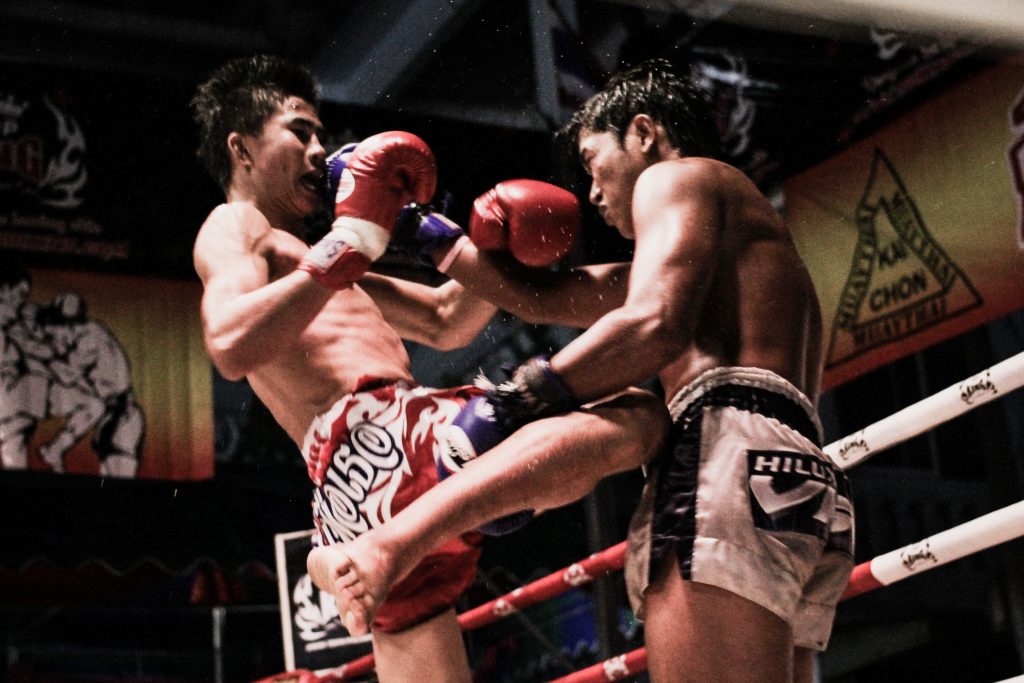In the previous post we discussed the importance of goals and the various types of goals that we can set. If you missed this post, jump back and have a quick look:https://www.thescienceofstriking.com/mental-training/goal-setting-for-2019-part-1-types-of-goals/
There are other important considerations when setting goals, and these are often summarised by the acronym SMART.
SMART Goals
Goals need to be specific, measurable, attainable, realistic, and time-based (the acronym SMART is often used).
- Specific. Specificity in goal-setting is important in deciding whether the goal has been achieved. It is not merely enough to say “I want to increase my kicking power”. Is it your mean (average) power throughout a match that you hope to improve, or is it your maximal power that needs to be focused on to score that elusive knockout?
- Measurable. Having a measurement to base the improvement on is vital. If we believe power to be related to vertical jump performance, we would set ourselves the goal of increasing vertical jump performance by 5%. Obviously, if you have access to a force transducer capable of measuring striking power, then this can provide a more direct measure of the specific trait that we are looking to improve.
- Attainable/Realistic. Whilst we discussed above the importance of having a major, long-term goal, the other goals that work towards this long-term goal need to be realistic and attainable. Having a goal that is unattainable only sets you up for failure and decreases your confidence and motivation levels. Generally, 5 to 15% above current performance, depending on the task, is a realistic starting point for a goal.
- Time-based. Goals need to have a deadline. It is difficult to focus on multiple bio-motor abilities at once. Short and mid-term goals need to be achieved within a certain time frame so new goals may be formulated. Long-term goals should also have specific time frames. Through an understanding of average longevity in your sport and your training age, you will have a basic idea of when you are likely to reach your peak in your chosen discipline. This should be used to decide when you are likely to reach your absolute level of performance. If you are 18 and have assessed that you are likely to reach your peak in the Olympic year that you turn 26, then your training should be programmed in a way that allows for this peak. It is also important to understand that as you get closer to this expected peak, you maintain your focus on the goal, whatever it may be. It may be easy to say “there will be other tournaments/opportunities”; however, every athlete eventually gets to the stage in their career when this is not the case, and you have to be steadfast in your determination to make the most of your opportunities.

Where possible, try to have your goals as positively worded as possible, as this is believed to be more effective than negatively worded goals1. It is also vital that you write your goals down and put them where you can see them—ideally in your daily training journal. “The difference between a goal and a dream is notation”. Ideally, you should have a specific sheet, with processes and due dates, etc., written down.
Part 3 will provide an example of a goal-setting work sheet, and will also discuss the importance of goal re-evaluation, a crucial step where many athletes and coaches go wrong.
References
1. Locke, E. A. & Latham, G. P. New directions in goal-setting theory. Curr. Dir. Psychol. Sci. 15, 265–268 (2006).
A complete guide to goal setting and other aspects of mental training may be found in “The Science of Striking: A Comprehensive Guide to Physical Preparation for the Stand-Up Combat Athlete”, available now on amazon in both paper and kindle formats.